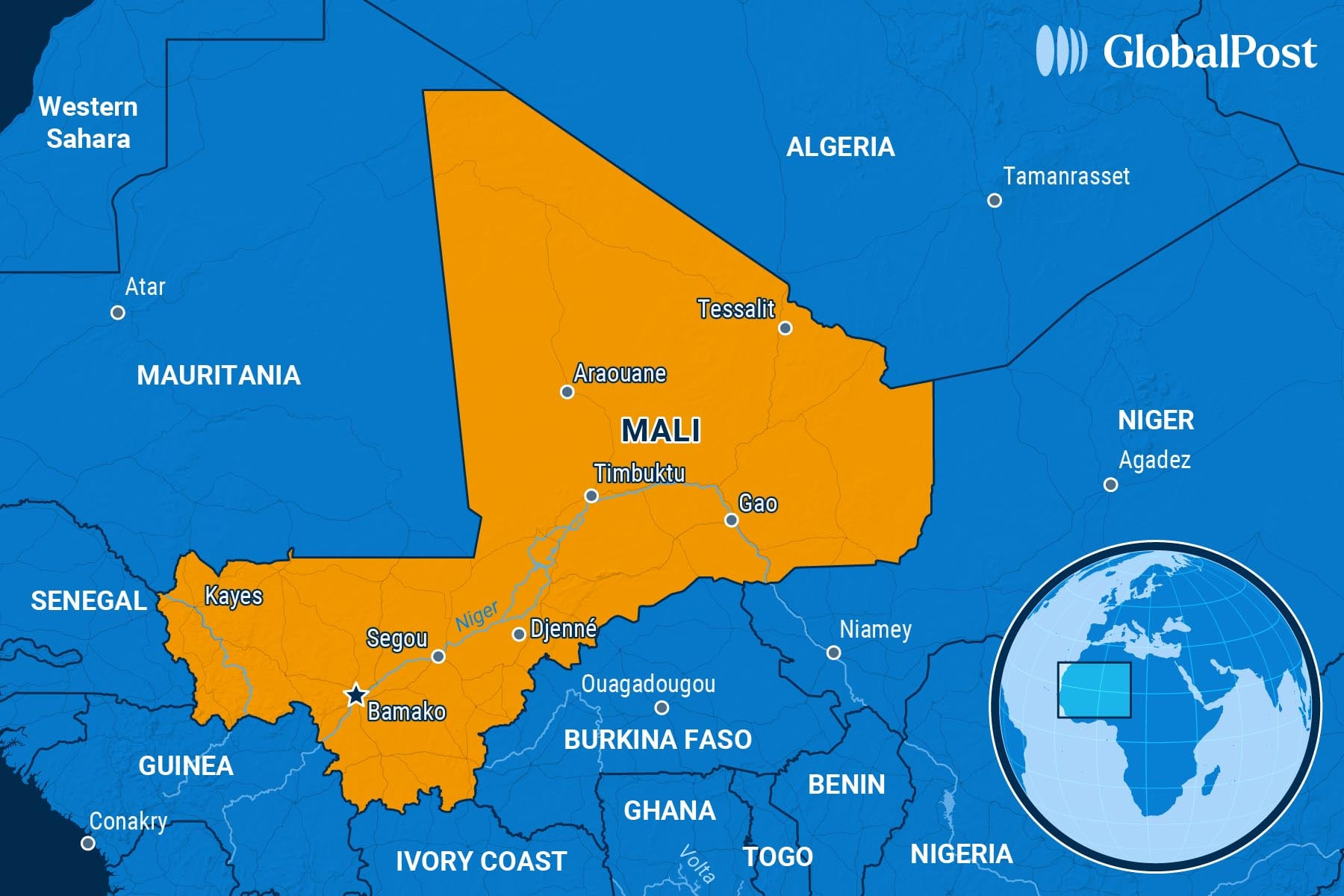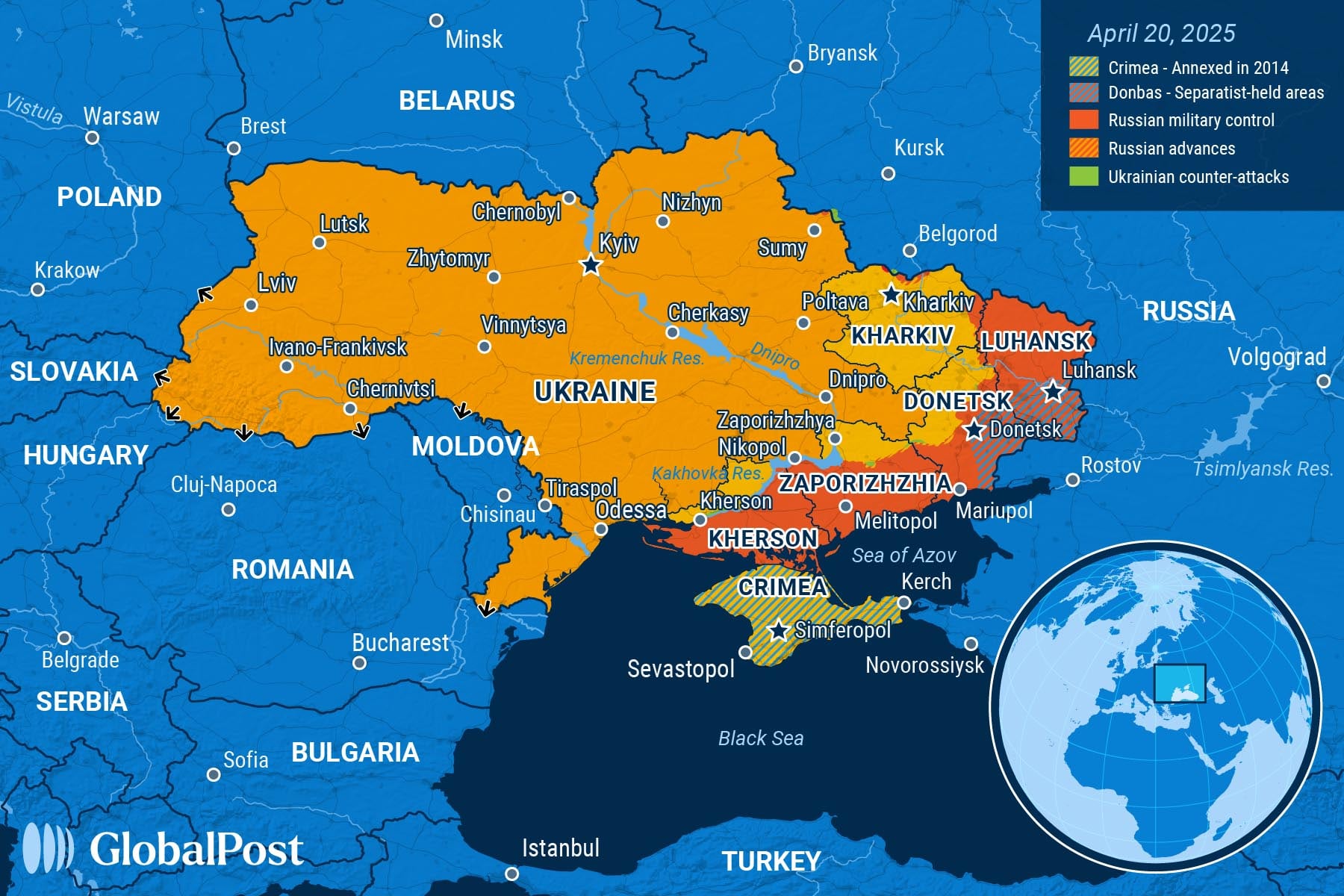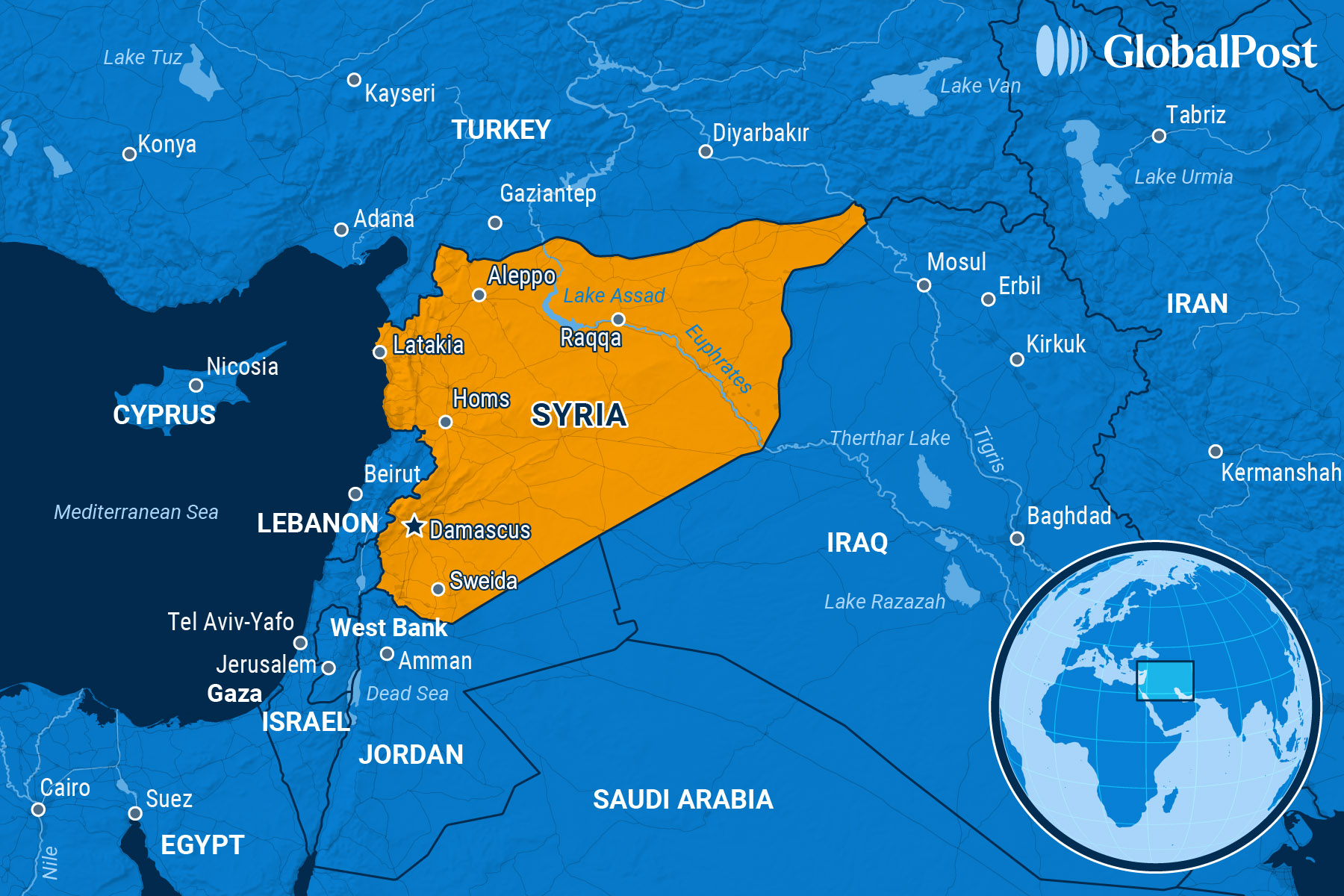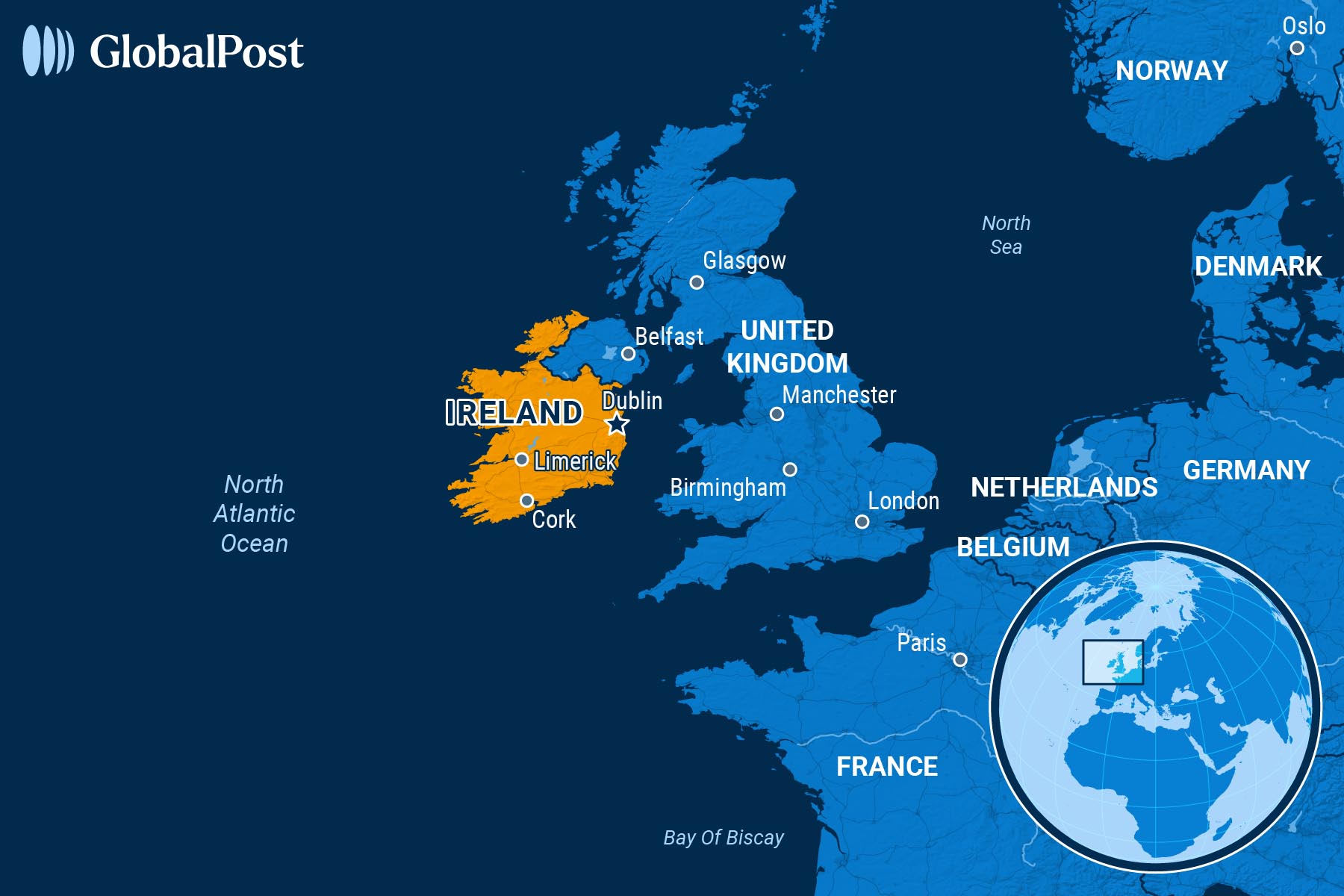Gold-Digging: Mali Fights Mining Companies To Battle Rebels and Terrorists
NEED TO KNOW
Gold-Digging: Mali Fights Mining Companies To Battle Rebels and Terrorists
MALI
 Last week, Mali’s military government seized more than $117 million worth of gold from Canada’s Barrick Mining’s Loulo-Gounkoto gold complex with the aim of restarting operations there.
Last week, Mali’s military government seized more than $117 million worth of gold from Canada’s Barrick Mining’s Loulo-Gounkoto gold complex with the aim of restarting operations there.
The move is part of efforts by Mali – and other countries in West Africa – to take over foreign-owned gold mines.
Aiding in that effort, a Malian court recently allowed the government to restart operations at the mine, which produced around 720,000 ounces of gold in 2024, Mining.com reported. Officials had suspended Barrick’s management in a dispute related to local mining codes and allegedly unpaid taxes.
Mali’s military government, which won power through a coup in 2020, is a major shareholder in the company, which is a massive source of foreign cash for the impoverished country. If gold prices continue to soar amid disruptions in the global financial system, the mine could generate more than $1 billion next year, wrote Reuters.
Barrick has sought to negotiate. Malian authorities also arrested Barrick employees and seized three tons of gold bullion from the company over their regulatory and tax disputes. In a similar case, an Australian mining company late last year paid Mali at least $80 million to release their chief executive and two employees, reported France 24.
Foreign miners in the country are worried, added African Business. Locally sourced miners don’t necessarily have the expertise or access to capital to run all the country’s mines.
Regardless, the mineral resources are already financing new infrastructure and civil services that are essential to develop local economies in Mali, noted Université des Sciences Sociales et de Gestion de Bamako researcher, Mamadou Camara. But he still hoped those riches would fuel sustainable investments and “equitable exploitation” under more direct Malian government control, even those that remain inaccessible due to an insurgency.
“Mali is rich in mineral resources – the country has vast untapped potential throughout its territory,” he said. “However, security issues in the north hinder exploration and mining activities. Some areas remain unassigned to companies due to ongoing insecurity.”
Malian President Assimi Goïta, who led the 2020 coup and was recently granted a new five-year, perpetually renewable term in office without elections, as Al Jazeera explained, is fighting rebel movements and jihadists seeking to control swaths of its vast interior, much of it part of the Sahara desert.
Al-Qaeda affiliate Jama’at Nusrat al-Islam wa al-Muslimin recently launched attacks on seven military outposts in western Mali, for instance, the BBC reported. The group, meanwhile, has been rampaging across Burkina Faso, Mali, and Niger, while also abducting foreigners and demanding ransoms for their release, the Times of India added.
Their leader, alleged war criminal Iyad Ag Ghali, is an ethnic Tuareg who staged an uprising against Mali’s central government in 2012 to establish an independent Tuareg state called Azawad.
Goïta has called in 2,000 mercenaries from Russia’s Africa Corps – formerly the Wagner Group but now controlled by the Kremlin – to help combat the jihadists and rebels, France 24 reported. At the same time, the mercenary group is accused of committing war crimes in the region.
Mali has been fighting insurgent groups linked to the so-called Islamic State and al Qaeda for more than a decade, trying to prevent them from holding onto or even increasing their territory even as they attempt to expand to the West African coast: This would allow them to significantly boost their revenue through human trafficking, smuggling and arms trading with other parts of Africa, Europe and elsewhere.
In May, Gen. Michael Langley, who leads the US Africa Command, warned that the Sahel, has become the “epicenter of terrorism on the globe.”
THE WORLD, BRIEFLY
Europe to Fund US Patriot Systems for Ukraine
UKRAINE
 The US will send Patriot air defense missiles to Ukraine but they will be paid for by European allies, US President Donald Trump announced this week, a move aimed at helping the country defend itself against Russia’s escalating aerial attacks, the Associated Press reported.
The US will send Patriot air defense missiles to Ukraine but they will be paid for by European allies, US President Donald Trump announced this week, a move aimed at helping the country defend itself against Russia’s escalating aerial attacks, the Associated Press reported.
Last week, Ukrainian President Volodymyr Zelenskyy confirmed that he was holding talks with the US to acquire the Patriot missile interceptor systems that he says the country needs to fend off air attacks, according to Reuters.
While the US did not specify how many Patriots it would send, Trump said the European Union was “going to pay us 100 percent for that, and that’s the way we want it.”
Germany is set to buy two Patriot systems for Ukraine, while Norway will buy one, according to Zelenskyy. The sale of Patriots is seen as a “positive sign” from Washington, according to a German defense ministry spokesperson.
The US decision to provide Patriot systems marked a sharp reversal from US moves toward the country a few weeks ago, when Ukrainian officials were blindsided by a pause in weapons deliveries despite increasing Russian aerial attacks, the Washington Post added.
On Monday, retired Lt. Gen. Keith Kellogg, Trump’s special envoy to Ukraine and Russia, arrived in Ukraine’s capital, Kyiv, amid growing anticipation of possible shifts in the administration’s approach to the war that started more than three years ago.
Ukrainian officials said Kellogg’s visit will cover “defense, strengthening security, weapons, sanctions, protection of our people and enhancing cooperation between Ukraine and the United States.”
Zelenskyy also said Monday that he asked Yulia Svyrydenko, Ukraine’s deputy prime minister and minister of the economy, to become prime minister, replacing Denys Shmyhal.
Although Zelenskyy provided no explanation for the move, he said he hoped Svyrydenko would “significantly update” the government’s operations and propose an action plan “in the near future.”
Svyrydenko has strong ties to the Trump administration, having led talks on a recently ratified deal that grants US companies access to Ukraine’s mineral resources.
Meanwhile, Trump has appeared increasingly frustrated with Russia, analysts said. On Sunday, he took a much tougher stance on Russian President Vladimir Putin, telling reporters that he was “disappointed” with him.
The US president also threatened to enforce 100 percent secondary tariffs on Russia if there’s no deal between Moscow and Kyiv in 50 days, the BBC noted.
Israel Launches Strikes Against Syrian Forces Amid Sectarian Clashes
SYRIA

Israel launched strikes on Syrian military tanks in southern Syria’s Sweida province on Monday, as Damascus deployed troops to the region to quell another deadly outbreak of sectarian clashes between the Druze minority and Sunni Bedouin tribes, the Washington Post reported.
On Monday, the Israeli military said it targeted tanks deployed by the Syrian army, which had begun operations in Sweida that morning to restore order following fighting that erupted on Sunday.
The violence began over the weekend when armed Bedouins ambushed and robbed a Druze vegetable seller, triggering a cycle of tit-for-tat kidnappings between the two communities.
Tensions escalated when security forces – accused by Druze leaders of siding with Bedouin militias – engaged in clashes with local armed groups in Sweida city.
Syrian officials said more than 30 people were killed and nearly 100 injured in the unrest.
However, the United Kingdom-based Syrian Observatory for Human Rights estimated at least 99 fatalities, including two children and 14 security personnel, according to the Associated Press.
Prominent Druze spiritual leader Sheikh Hikmat al-Hijri accused the Syrian military of entering Druze areas “under the pretext of protection” but instead bombarded border villages and aiding extremist groups.
Syrian government officials rejected claims that the clashes were sectarian in nature. They told AP that the conflict is “between the state and bandits and criminals, not between the state and any Syrian community.”
Meanwhile, the government did not comment on the Israeli strikes or provide the number of casualties. But observers said Monday’s strike marks the latest direct Israeli intervention aimed at protecting Syria’s Druze minority.
Since the ouster of long-time President Bashar Assad in December, violence between Syria’s various ethnic and religious groups has significantly increased.
In May, Israel struck a site near the presidential palace in the capital, Damascus, a move widely interpreted as a warning to the new Syrian leadership following earlier clashes between Druze fighters and pro-government forces.
Israeli officials previously warned that they would not tolerate Syrian military deployments south of Damascus and would act to protect the Druze, a religious minority with communities in Syria, Lebanon, and Israel.
In Israel, the community is seen as loyal and its members often serve in the armed forces, the AP said.
The ongoing clashes and Israel’s response underscore the challenges facing the administration of interim President Ahmed al-Sharaa, particularly in integrating minority armed factions – such as the Druze and Kurds – into the new Syrian military.
While many Druze oppose Israeli intervention on their behalf, the group also remains deeply suspicious of the new government and al-Sharaa – himself a former jihadist with past affiliations to al Qaeda.
Excavations Begin at Mass Baby Grave in Ireland
IRELAND
 Excavations began Monday at an unmarked mass grave at a former institution for unmarried mothers in western Ireland, believed to hold the remains of hundreds of infants and young children, CBS News reported.
Excavations began Monday at an unmarked mass grave at a former institution for unmarried mothers in western Ireland, believed to hold the remains of hundreds of infants and young children, CBS News reported.
The probe, expected to take two years to complete, started 11 years after amateur historian Catherine Corless found evidence of a mass grave at the city of Tuam. She discovered death certificates for 796 babies and children who lived in the institution but whose burial records were missing, the BBC wrote.
Following those findings, test excavations in 2016 and 2017 revealed numerous remains of infants in abandoned underground chambers of a disused sewage system, now surrounded by a housing complex.
The discovery had shocked Ireland, even though the country has long grappled with its treatment of unwed mothers in state and church run institutions in the 20th century. These homes existed across the country, some remaining open as late as 1998.
The leader of the excavation, Daniel MacSweeney, defined the process as “unique and incredibly complex,” given that the remains are mixed together. The group will use different methods to attempt to put the remains back together and, if possible, identify them.
Many have provided DNA samples, hoping to identify their relatives.
The home for unwed mothers and their babies in Tuam was run by Catholic nuns and operated between 1925 and 1961, housing women who had gotten pregnant out of wedlock and been cut off from their families as a consequence.
It was owned by the Galway County Council.
Despite records marking the deaths of infants in the institutions, some lack official death certificates.
After birth, some children lived in the home but the majority were put up for adoption under a system in which the church and the government often cooperated.
One family member, Anna Corrigan, said she had two brothers who were born in the institution but has been struggling to find out what happened to them and has asked the Irish police to investigate.
A certificate from 1947 reports “measles” and “congenital idiot” as causes of death for one of Corrigan’s brothers. “I contended that he died of neglect and malnutrition,” Corrigan told the BBC. “After my mother left the home, she sent the nuns five shillings a month for his upkeep. So how did it come to this?”
DISCOVERIES
The Face of Ancient Man
There’s a lot of fossil evidence from Neanderthals that has allowed scientists to estimate how our extinct human relatives looked.
Now, a new study on a 146,000-year-old skull is helping researchers do the same for another extinct hominin species, the Denisovans.
Denisovans are believed to be related to the Neanderthals, but fossil evidence is scarce: Scientists have been able to identify them thanks to DNA analysis of bone fragments discovered across Asia and Siberia’s Altai mountains.
But there was no skull to get a clearer picture of how they appeared – until now.
In their paper, paleontologist Qiaomei Fu and her colleagues analyzed the Harbin cranium, a nearly complete skull that was first discovered during the construction of a bridge in the northeastern Chinese city of Harbin in 1933.
Known as Homo longi – or “Dragon Man” – the fossil had previously been described in a 2021 study, but DNA extraction from the bone and teeth initially failed.
Without genetic evidence, researchers couldn’t say for sure if Dragon Man was a Denisovan or just closely related.
But the recent breakthrough came from an unexpected source: Fu’s team extracted hardened plaque, or dental calculus, on the fossil’s lone remaining molar. The prehistoric plaque yielded ancient mitochondrial DNA (mtDNA) that matched Denisovan genetic material.
Researchers also ran a protein analysis from the same sample, identifying more than 95 human proteins and multiple Denisovan-specific variants – independently confirming the skull’s identity.
“The mtDNA falls within Denisovan mtDNA variation and is related to an mtDNA branch carried by early Denisovan individuals in southern Siberia, previously observed in Denisova Cave,” the authors wrote, as reported by Sci.News. “This suggests that Denisovans inhabited a large geographical range in Asia in the Middle Pleistocene.”
With its thick brow ridges, wide eye sockets, large teeth, and a braincase capacity within the range of modern humans and Neanderthals, the Harbin fossil is unlike any previously confirmed Denisovan specimen.
“Now we have a face for Denisovans, and that’s very, very cool,” University of Toronto paleoanthropologist Bence Viola, who was not involved in the study, told Science Magazine.
Scientists explained the finding not only connects Denisovan DNA to a full skull but could help identify other fossils – such as those from Dali or Hualongdong – as Denisovan as well.
But while it marks a major milestone, the study still doesn’t answer the question as to whether Denisovans should be considered a separate species or a subgroup of H. sapiens.
“This is a pin in the map we can use to say, ‘This is what Denisovans looked like,’” evolutionary anthropologist Carina Schlebusch told Science.
